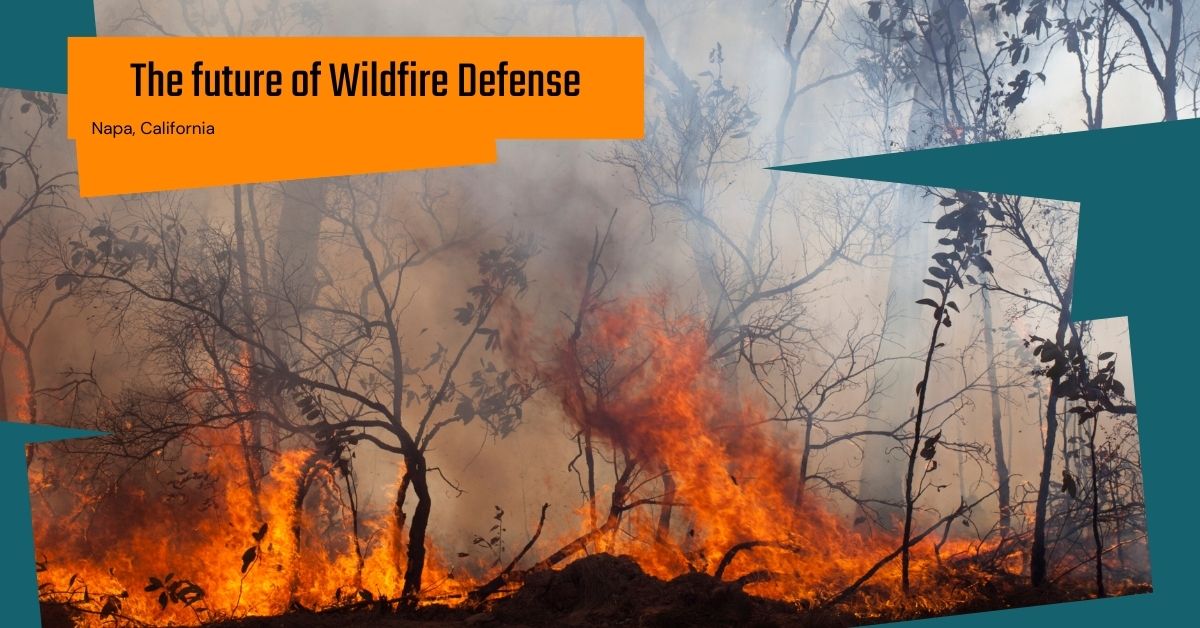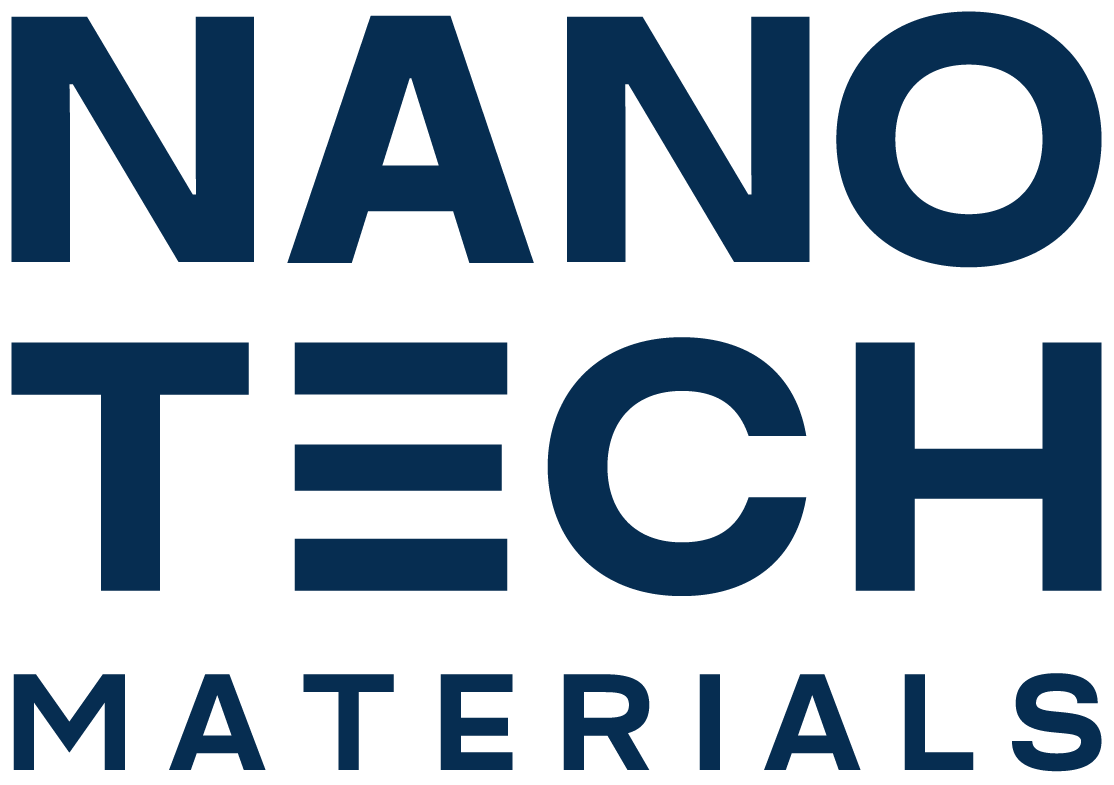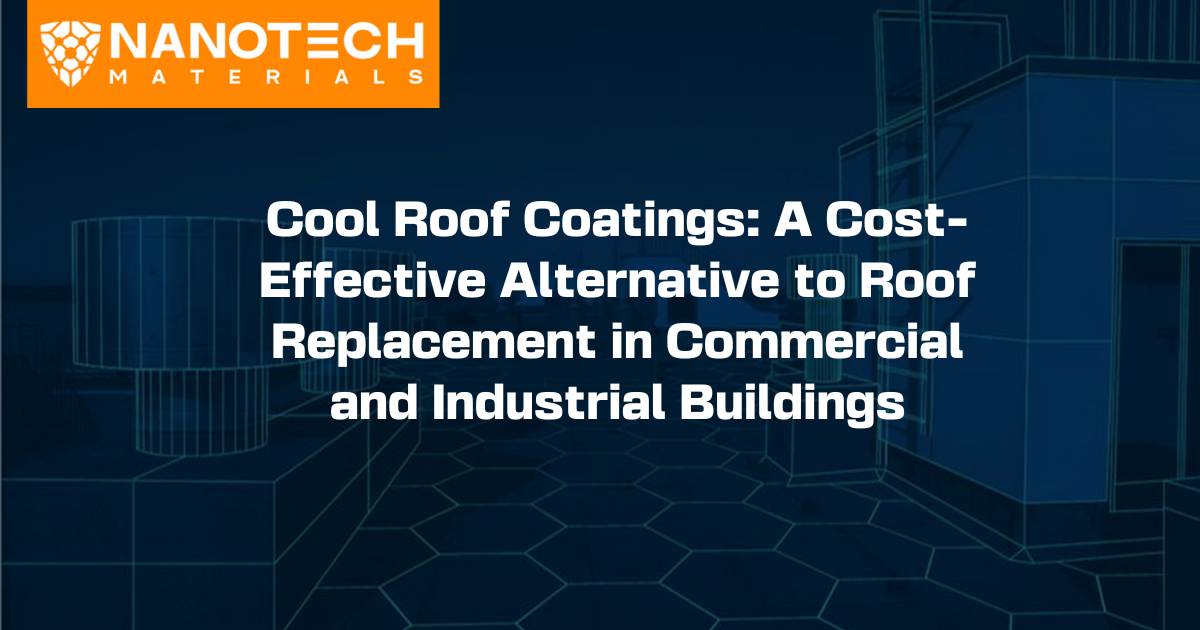Introduction
Cementitious coatings, commonly used for fireproofing, have been a staple in protecting structures against fire. However, they come with inherent limitations that often get overlooked in the shadow of their protective abilities.
Evidence
1. Brittleness and Cracking: Cementitious fire-resistive materials (CFRM) are susceptible to cracking or delamination from steel substrates under fire and loading conditions due to their inherent brittleness. This reduces the resilience and effectiveness of steel structures (Cai, Liu, Yu, Yu, & Tian, 2021).
2. Environmental Concerns: The production of cementitious materials often involves a significant carbon footprint. Developing environmentally friendly alternatives that use recycled industrial by-products and emit less CO2 is a growing field of interest (Won, Kang, Lee, & Kang, 2012).
3. Poor Mechanical Properties: Commonly used CFRM for steel structures feature low mechanical properties and are prone to damage such as delamination, reducing their effectiveness in protecting steel structures (Cai, Yu, Tian, Liu, & Yu, 2021).
4. Complexity in Enhancing Fire Resistance: The modification of cementitious composites to enhance fire resistance often involves the use of additives like nanoclay, chamotte, and silica fume. This adds complexity to the formulation process and may impact other properties such as strength and durability (Lee, Kim, & Won, 2017).
5. Durability Concerns: The durability of cementitious fireproof materials can be affected under various physical and chemical environments, such as freeze-thaw cycles or exposure to sulphate and chloride ions. This necessitates rigorous testing to ensure long-term performance (Lee, Eom, Ryu, & Won, 2019).
6. Weight and Handling Issues: Cementitious materials are typically heavy, which can pose challenges in transportation, handling, and application, particularly in large-scale construction projects. This also adds to the structural load of buildings (Zhang & Li, 2017).
7. Damage Under Complex Loading: Cementitious coatings are known to be vulnerable to damage under complex loading conditions, such as those experienced during earthquakes. This can lead to decreased fire protection effectiveness (Chen, Jiang, Wu, Wang, & Usmani, 2019).
Brittleness and Cracking
Cementitious fireproofing, while robust, is prone to brittleness and cracking over time. This can reduce its effectiveness in protecting structures, as cracks and brittleness compromise the coating’s integrity and its ability to shield the structure from fire.
Environmental Concerns
The manufacturing and application of cementitious coatings involve processes that can have environmental implications. The materials and chemicals used in these coatings, along with their application and maintenance processes, contribute to environmental burdens.
Poor Mechanical Properties
Despite their fireproofing abilities, cementitious coatings have poor mechanical properties. They are not well-suited to environments where the substrate is exposed to heavy vibrations and impacts, limiting their application in certain structural contexts.
Complexity in Enhancing Fire Resistance
Enhancing the fire resistance of cementitious coatings often involves complex processes. Adjusting the chemical composition and adding fillers to improve performance can complicate the manufacturing and application processes, making it a less straightforward option for fireproofing.
Durability Concerns
While cementitious fireproofing can be effective initially, there are concerns about its long-term durability. The coating’s susceptibility to moisture and environmental factors can lead to degradation over time, necessitating frequent maintenance or reapplication.
Weight and Handling Issues
Cementitious coatings are often heavy, which can burden certain structures and interfere with the ease of application. This weight can be a significant concern in buildings where additional load on the structure is a critical consideration.
Damage Under Complex Loading
In scenarios involving complex loading or extreme conditions, cementitious coatings may not perform optimally. Their inability to withstand such conditions without degrading can limit their use in certain high-risk environments.
Conclusion
While cementitious fireproof coatings have been a traditional choice for protecting structures against fire, their downfalls, such as brittleness, environmental concerns, poor mechanical properties, complexity in enhancing fire resistance, durability issues, weight and handling challenges, and susceptibility to damage under complex loading, suggest the need for more innovative solutions in fireproofing like the NanoTech Fireproof Coating.
Additional Sources:
1. “Comparing Two Popular Fire-Resistant Coatings – Facilities Management Insights” from FacilitiesNet.
2. “Pros and Cons of Traditional Fireproofing vs. Intumescent – Kaloutas” from Kaloutas.
3. “Cementitious Fireproofing – EcoStar Insulation” from EcoStar Insulation.
1. What is cementitious fireproofing?
Cementitious fireproofing is a type of passive fire protection applied to structures, typically made from a mix of cement and other fire-resistant materials, designed to protect structural components from fire.
2. Why does cementitious fireproofing tend to crack and become brittle?
Cementitious coatings can become brittle and crack over time due to environmental factors, aging, and mechanical stresses, compromising their effectiveness in fire protection.
3. Are there environmental concerns with using cementitious fireproofing?
Yes, the production and application of cementitious coatings involve processes and materials that can contribute to environmental burdens.
4. What are the mechanical property limitations of cementitious fireproofing?
Cementitious fireproofing has limited flexibility and can be prone to damage in environments with heavy vibrations or impacts.
5. How complex is it to enhance the fire resistance of cementitious coatings?
Enhancing fire resistance in cementitious coatings can be complex, often requiring adjustments in chemical composition and the addition of specific fillers.
6. What are the durability concerns with cementitious fireproofing?
Over time, cementitious fireproofing can degrade, especially in moist environments, leading to reduced effectiveness and the need for frequent maintenance or reapplication.
7. Can the weight of cementitious coatings be a concern?
Yes, cementitious coatings can be heavy, potentially burdening structures and complicating the application process.
8. How do cementitious coatings perform under complex loading?
In scenarios with complex loading or extreme conditions, cementitious coatings may not perform optimally and can be prone to damage.
9. Is cementitious fireproofing suitable for all types of buildings?
While widely used, cementitious fireproofing may not be suitable for all buildings, especially where weight, environmental impact, or complex loading are concerns.
10. Are there alternatives to cementitious fireproofing that address these downfalls?
Yes, other fireproofing options like NanoTech Fireproof Coatings are available, which may address some of the limitations of cementitious fireproofing.




